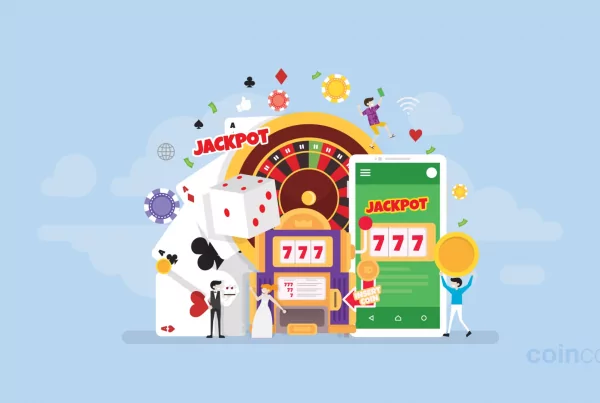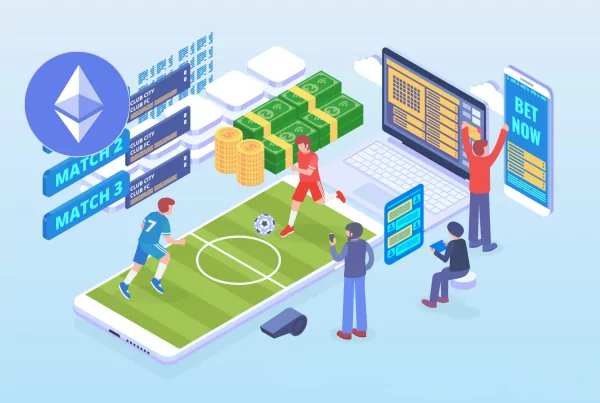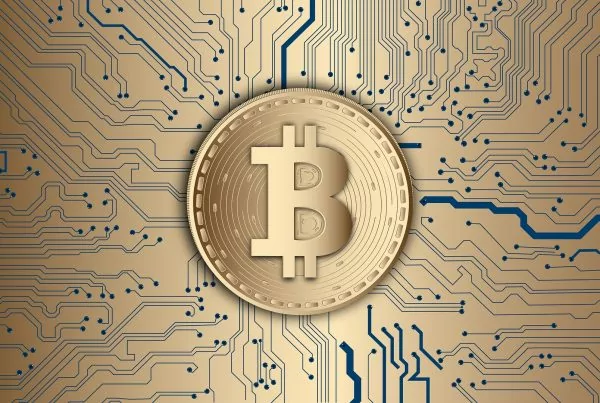
Of all the many millions of self-declared bitcoiners out there, how many truly understand hashrate? Probably less than half. Which isn’t a bad thing, necessarily. After all, only a comparative few car enthusiasts understand the workings of an internal combustion engine.
The truth is, there are many moving parts to the Bitcoin industry and many specialists whose area of expertise is confined to one of them. For example, there is a booming Bitcoin Layer-2 scene, Bitcoin security service providers, Bitcoin mining companies, and so on. The so-called Bitcoin hashrate industry relates to the workings of the eponymous blockchain. So, what is hashrate and how does it fit into the picture of the world’s leading cryptocurrency?
Defining Bitcoin Hashrate
In the context of Bitcoin’s Proof-of-Work (PoW) blockchain, hashrate refers to the computational power of the network and is typically calculated as hashes per second (h/s). While market cap describes the total value of all bitcoin in circulation, hashrate enumerates the collective computational might of the network’s miners.
Considered a key security metric, hashrate correlates with the chain’s resistance to attack and is calculated based on the number of blocks being mined as well as the block difficulty: with a high difficulty score, greater computational power must be expended to mine the same number of blocks which bolsters network security.
Although a high hashrate implies strong investor confidence, the figure can fall based on negative news. For example in 2021, when China banned bitcoin mining, the hashrate fell by over 50% as miners based in the country powered down their machines. Happily, the hashrate recovered over the following months as Chinese miners relocated their rigs to friendlier jurisdictions.
At the time of writing, Bitcoin’s hashrate has recently hit an all-time high (ATH).
How Hashrate Can Be Bought and Sold
The Bitcoin mining or hashrate industry is fiercely competitive. A cursory glance at the hashrate distribution metrics shows that the key players are major international mining pools like AntPool, ViaBTC, F2Pool and MaraPool with many others jostling for market share. Despite the intense competition, more miners than ever before are actively working to secure the network.
Interestingly, network hashrate can actually be purchased and sold just like BTC itself. This is unsurprising given the fact that mining profits are dependent upon how much hashpower the miner controls relative to the network. Several platforms offer only a buy-side service, meaning they are willing to pay for additional hashing power to remain competitive with their mining rivals, while others function as marketplaces that facilitate transactions between buyers and sellers.
Naturally, the value of network hashrate correlates with the underlying value of BTC itself. As the price of bitcoin rises, more hashpower is brought into the network as miners chase profits. Conversely, if the price nosedives mining may become unprofitable and cause the hashrate to fall. While it is often said that the profitability of mining bitcoin is on the wane, the fact that total mining activity remains near all-time highs suggests strategic and efficient miners are still managing to make good returns.
The Hashrate Industry is Going Strong
With the hashrate having recently hit an ATH, the mining industry is in rude health.
Although the mining world might appear daunting to novices, who are of the opinion that only mighty pools can earn revenue from confirming blocks, the existence of hashrate marketplaces make it easier to participate. In fact, with marketplaces like NiceHash you can set the price you are willing to pay for the hashpower and join your pool of your choice. Moverover, the system automatically targets the most profitable coin for higher earnings.
NiceHash acts as a middleman to connect hardware renters with hashrate buyers, with the latter able to make a minimum order of just 0.001 BTC – about $60 at the time of writing. Order durations, meanwhile, can be longer or shorter than a single day. Miners, meanwhile, will be interested to know that ASIC, GPU and CPU mining is supported, along with over 30 different algorithms. The NiceHash marketplace has been operational since 2014, its goal to accelerate bitcoin adoption worldwide.
While no-one can predict the future of Bitcoin, let alone Bitcoin mining, there are positive signs for the hashrate industry. The Russian mining market is currently experiencing unprecedented growth, while US Presidential hopeful Donald Trump has thrown his support behind American-based miners, indicating he wants all future bitcoin to be mined on US soil. Interestingly, US-listed miners’ share of network hashrate recently set a new record after increasing for the fifth straight month.



